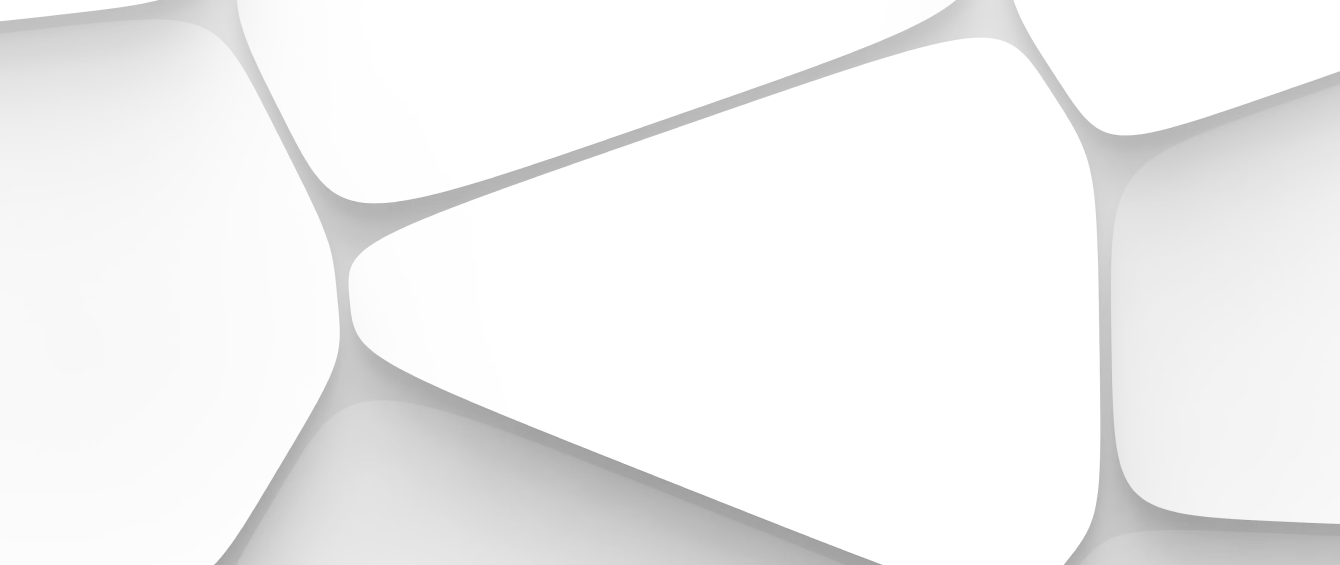How Remote Work Is Changing the Housing Map—From Big Cities to Beach Towns


In today’s digital age, we are surrounded by screens—from smartphones to computers to televisions. With this increase in screen time, many people are searching for ways to protect their eyes from potential strain and damage.
Enter blue light glasses: stylish eyewear that promises to block blue light emitted by digital devices. But the question remains: Do they really work? Let's dive into the science, benefits, and limitations of blue light glasses to uncover the truth.
To understand the role of blue light glasses, it's important to know what blue light is. Blue light is a segment of the light spectrum with a short wavelength, meaning it has a higher energy level. It's present in sunlight, but digital screens, LED lights, and fluorescent bulbs also emit blue light. While exposure to natural blue light regulates our sleep-wake cycle and boosts mood, excessive artificial blue light can potentially lead to eye strain and disrupt sleep patterns.
Blue light glasses are designed to filter out the high-energy blue light and are marketed as a solution to alleviate digital eye strain and improve sleep quality. Here are the main benefits promoted by manufacturers:
One of the most common complaints from heavy screen users is digital eye strain, with symptoms like dry eyes, headaches, and blurred vision. Proponents of blue light glasses suggest that by filtering blue light, these symptoms can be reduced.
A study published in the journal Ophthalmic & Physiological Optics examined the efficacy of blue-blocking filters and found mixed results. While some participants reported improved comfort levels, others experienced no significant difference. This suggests that while blue light glasses might help some people, they are not a universal solution for everyone.
Another major claim is that blue light glasses can improve sleep by preventing disruption of the body's natural sleep-wake cycle. Blue light, especially in the evening, can interfere with melatonin production—a hormone crucial for sleep.
Research from the Journal of Clinical Endocrinology & Metabolism supports the idea that reducing blue light exposure before bed can improve sleep quality. However, whether blue light glasses alone can produce the same effect remains debated. Many sleep experts recommend overall screen time reduction or using night mode settings in conjunction with blue light glasses for optimal results.
If you're considering investing in blue light glasses or looking for ways to mitigate potential blue light effects, here are some practical tips:
Numerous testimonials online share personal experiences with blue light glasses. For example, Emma, a graphic designer, found her headaches reduced after long days working at a computer. Similarly, John, a university student, reported improved concentration during nighttime study sessions.
However, others, like Sarah, an office worker, found minimal improvement in eye strain symptoms, suggesting that the effectiveness can vary widely among individuals.
According to Dr. James Bonner, an ophthalmologist, while blue light glasses may offer some comfort, they should not be considered a cure-all for digital eye strain. "It's essential to understand the root cause of your symptoms," Bonner says. "Often, discomfort stems from prolonged periods of near-focused tasks rather than blue light exposure alone."
Bonner recommends a comprehensive approach that includes regular eye exams, ergonomic workspace adjustments, and frequent screen breaks over reliance on blue light glasses alone.
Creating a workspace that supports eye health and minimizes strain is just as important as wearing blue light glasses. Here are three key ways to optimize your environment for screen-heavy days:
Your desk setup can make or break your comfort during long hours in front of a screen. Position your monitor at eye level and about an arm’s length away to reduce neck strain and eye fatigue. Use an adjustable chair to maintain good posture, and ensure your screen is free from glare by adjusting lighting or using an anti-glare screen protector.
Harsh overhead lights or dimly lit rooms can strain your eyes when working on screens. Aim for soft, natural lighting where possible. If you’re working late, consider using a desk lamp with adjustable brightness to create a balanced, eye-friendly environment.
Tweak your screen settings to make viewing more comfortable. Increase text size, adjust brightness to match your surroundings, and use high-contrast settings to reduce eye strain. Many devices also offer “reading mode” or “dark mode” options that are easier on the eyes during extended use.
The effectiveness of blue light glasses is still a topic of ongoing research and debate. While they may offer benefits to some users in terms of reduced eye strain or improved sleep quality, they are not a magic solution for everyone. Incorporating other methods, such as screen regulation and good eye care habits, is crucial for addressing digital eye strain holistically.
Ultimately, whether or not blue light glasses are worth the investment depends on personal experience and preference. They are certainly a tool you can explore in your quest for better eye health and sleep, but they should be part of a broader strategy that includes healthy screen habits and regular eye care practices.
Remember, the key to protecting your eyes in a digital world doesn't rest solely on wearing special glasses—it's about adopting a balanced approach to screen time and overall lifestyle choices.

Violet approaches wellness with refreshing authenticity—embracing the messy, imperfect journey alongside the science. As a Health & Wellness Contributor for Top Answers Today, she bridges evidence-based research with practical self-compassion, believing that sustainable wellness thrives on simplicity, not perfection.



